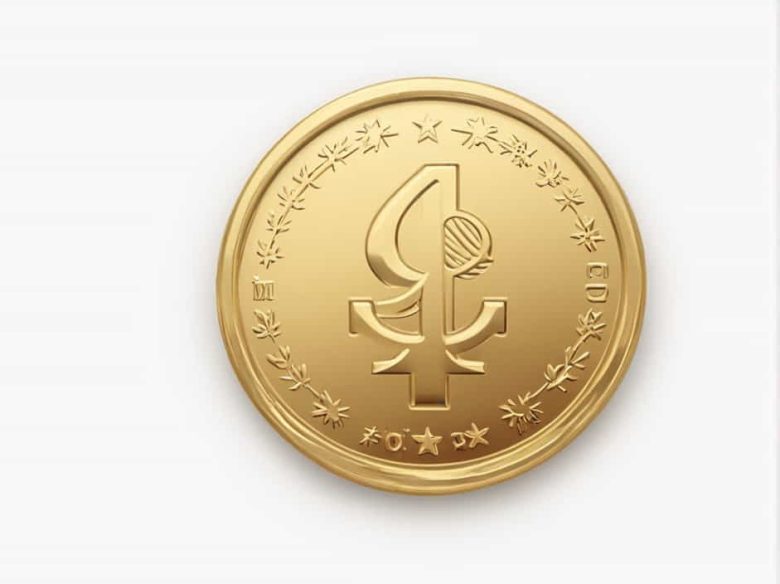The exchange rate between the US dollar (USD) and the Argentine peso (ARS) has been a focal point in global finance reflecting Argentina’s economic dynamics and policy decisions. Over the past decades this rate has experienced significant fluctuations influenced by various internal and external factors.
Historical Context of the Argentine Peso
The Argentine peso has undergone several transformations:
-
Peso Convertible (1992): Introduced with a fixed exchange rate of 1:1 with the US dollar backed by the Central Bank’s reserves.
-
Post-2001 Financial Crisis: The fixed exchange rate system was abandoned leading to a devaluation where the peso reached 4:1 against the dollar.
-
Subsequent Years: The peso continued to depreciate with varying exchange rates influenced by economic policies and external factors.
Factors Influencing the USD to ARS Exchange Rate
Several key elements affect the exchange rate between the US dollar and the Argentine peso:
1. Inflation Rates
Argentina has historically faced high inflation eroding the peso’s purchasing power and leading to depreciation against stable currencies like the US dollar.
2. Monetary Policies
Decisions by Argentina’s Central Bank such as interest rate adjustments and currency interventions play a crucial role in stabilizing or influencing the peso’s value.
3. Political Stability
Political events including elections and policy shifts can impact investor confidence thereby affecting the exchange rate.
4. Trade Balances
A deficit in trade can increase demand for foreign currencies leading to a weaker peso. Conversely a surplus can strengthen it.
5. External Debt
High levels of external debt may lead to concerns about default causing depreciation of the peso as investors seek safer assets.
Recent Trends and Developments
Appreciation in 2024
In 2024 the Argentine peso appreciated by 44.2% in real terms against major trading currencies surpassing the Turkish lira’s 21.2% gain. This appreciation increased the dollar value of Argentine salaries but raised concerns about sustainability and potential devaluation risks.
Economic Policies Under President Javier Milei
President Javier Milei’s administration implemented policies leading to reduced inflation and a budget surplus. However plans to lift capital and currency controls by the end of 2025 have raised concerns about potential peso destabilization and inflation.
Cost of Living in Argentina
The appreciation of the peso has led to increased prices in dollar terms making Argentina one of the most expensive countries in Latin America. This situation has led citizens to seek more affordable goods and services abroad raising concerns about the sustainability of current economic policies.
Implications for Travelers and Investors
Understanding the USD to ARS exchange rate is crucial for both travelers and investors:
-
Travelers: A stronger peso means higher costs for goods and services in Argentina. It’s advisable to monitor exchange rates and plan budgets accordingly.
-
Investors: Fluctuations in the exchange rate can impact returns on investments in Argentina. Staying informed about economic policies and market conditions is essential.
The exchange rate between the US dollar and the Argentine peso is influenced by a complex interplay of economic policies political events and market dynamics. Recent appreciations of the peso have presented both opportunities and challenges underscoring the importance for individuals and businesses to stay informed and adapt to changing economic landscapes.
Argentina’s Economic Landscape Under President Javier Milei
[
Argentina’s world-beating currency rally puts pressure on Javier Milei
75 hari yang lalu
]()[
Una economía de contrastes durante el primer año de Milei
92 hari yang lalu
]()[
Javier Milei’s quest to defuse Argentina’s currency control bomb
35 hari yang lalu
]()



